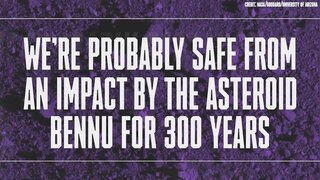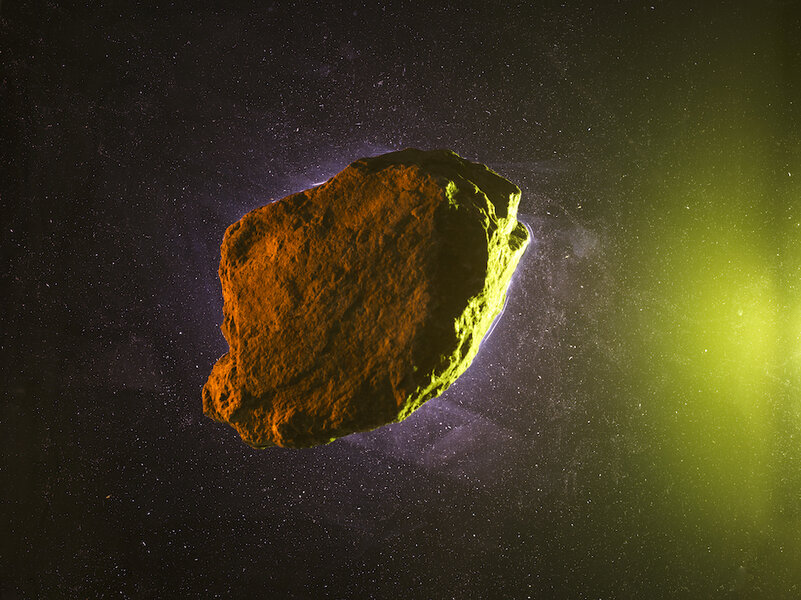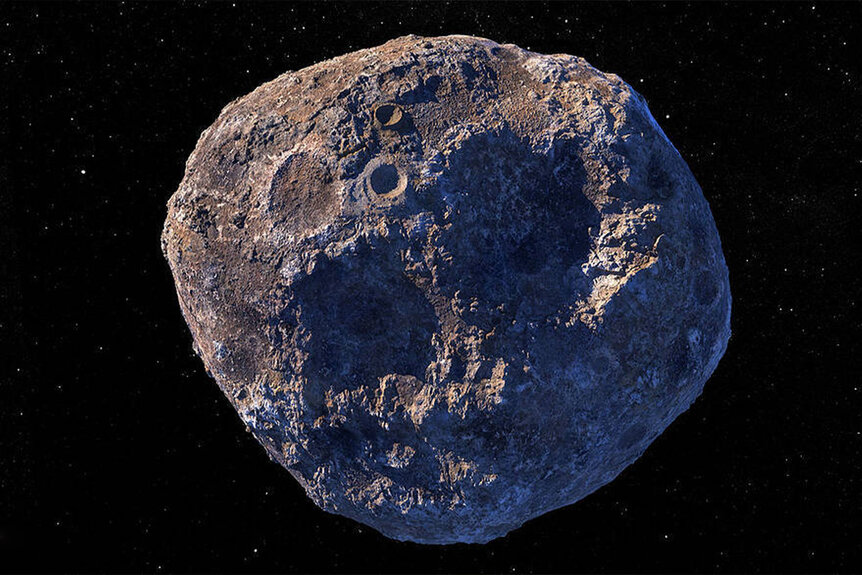Create a free profile to get unlimited access to exclusive videos, sweepstakes, and more!
AstroForge Space Mining Company Prepares for Launch to Secret Asteroid Target
If you know where the treasure is, you usually don't announce it.
Most of the time we’re perfectly happy to keep asteroids as far away from us and our planet as possible. Every time one of them decides to show up for an unannounced visit, we get to have a really bad day; just ask the poor suckers in the 2021 disaster flick Asteroid, streaming now on Peacock. After leaving the city in favor of their new dream home in the country, one family learns that their new house is about to become ground zero for an imminent asteroid impact.
When an asteroid is coming to town the best thing you can do is get out of the way, and fast, but one private company plans to run toward the danger by chasing down an asteroid in deep space. AstroForge is a private asteroid mining outfit determined to pull valuable metals out of distant space rocks and bring them back home. Their first deep space mission is slated for some time in 2024 and is headed for a metal-rich M-type asteroid, but they aren’t telling which one.
The AstroForge Odin Mission Targets an Unknown Asteroid in Deep Space
The Odin mission (previously Brokkr-2) will hitch a ride alongside the Nova-C IM-2 lunar landing mission by Intuitive Machines, another private company preparing for launch. Intuitive Machines will launch their first lunar lander, the IM-1, sometime in the next few months and, depending on the launch schedule and the success of the mission, it may be the first U.S. spacecraft to soft-land on the Moon since Apollo 17 in 1972.
RELATED: Asteroids Smashing into the Early Earth Boiled the Oceans and Might Have Kickstarted Life
Before IM-2 reaches the Moon, the Odin spacecraft will quite literally jump ship and head off toward its mysterious asteroid target. It won’t stop there, and it won’t do any actual mining, but it will take a whole bunch of pictures while flying by, hopefully confirming the asteroid’s metal composition. Ride sharing is an increasingly popular process for private commercial launches because multiple payloads can launch at the same time, lowering the per mission cost for everyone involved by essentially subletting the spare rooms on a rocket. It’s part of the reason that so much commercial space activity is happening now.
Already, AstroForge has completed hot fire testing on their spacecraft’s propulsion system and certified the imaging systems. The company will continue testing between now and launch time when, if everything continues smoothly, AstroForge will become the first private company to carry out a space mission beyond the orbit of the Moon.
Why Private Companies Want to Mine Asteroids
More than just being cool, mining asteroids could be an important source of rare metals and a crucial part of our plan to undo the environmental damage we’ve done to our planet. Anything we can pull out of an asteroid is something we don’t have to strip mine from our own planet. Even better, many asteroids have high concentrations of metals, even higher than are available here on Earth, just waiting to be grabbed, provided you can get to them.
AstroForge has apparently found a candidate asteroid which meets their requirements and they’re about ready to do a little cosmic prospecting. But if they’ve found gold in them thar’ hills, they aren’t telling us where it is. “Announcing which asteroid we are targeting opens up risk that another entity could seize that asteroid,” AstroForge’s chief executive, Matt Gialich, told the New York Times.
The first AstroForge mission launched in April of 2023, carrying the company’s Brokkr-1 spacecraft into Earth orbit. There, it is testing mining and refining processes which the company hopes to use on a real asteroid in the future. Brokkr-1 tests include extracting platinum from a simulated asteroid sample. The second mission will fly by a target asteroid and a third will presumably start digging.
While the economic argument for being cagey about where you’re planning to mine is obvious, some scientists are calling for more transparency from AstroForge and other commercial space companies.
Should Private Companies Reveal Thier Space Activities?
As it stands today, there aren’t any real enforced rules about deep space missions, who can go out there, and whether they have to reveal what they are doing or where they are going. To date, that hasn’t really been an issue because most space agencies are pretty open about what they are doing, announcing their plans months or years in advance and inviting the world to watch. As we move into a world with a higher proportion of private space missions, that’s likely to change, and not without cost.
Because M-type asteroids are leftover bits of failed planets from the birth of our solar system, they have the potential to teach us a lot about where we came from. Moreover, no M-type asteroid has ever been visited by an asteroid up close. NASA’s Psyche mission is headed to a large metallic asteroid right now, but it won’t get there for years. It’s wholly possible that AstroForge will become the first to see an M-type asteroid up close and it would be a bummer if they kept information about that encounter to themselves. Fortunately, the company says they plan to release images and information about the mission, just not the location.
RELATED: Astronomers Find a Dozen Unexpected Space Objects Way Outside the Kuiper Belt
While it’s unclear precisely where AstroForge is headed, we can narrow it down quite a bit. While there are tens of thousands of known asteroids in our solar system, there is a much smaller pool of objects which AstroForge and other private companies might be interested in. We know they are headed to an object with an estimated diameter of less than 330 feet, we know they are headed to an object close enough to be reached within a year, and we know it’s suspected to be M-type. That narrows the possibilities down from thousands to a few hundred.
It may also be that they aren’t telling us where they’re going because they haven’t totally decided yet. Launch dates are flexible and that’s especially true when you’re carpooling to space. The company says they are actively tracking multiple potential targets, in the event that the launch dates change. It’s weird to talk about asteroids in the language of assets instead of the mindless crater-carving threats they have been for so long.
Catch Asteroid, streaming now on Peacock.

































